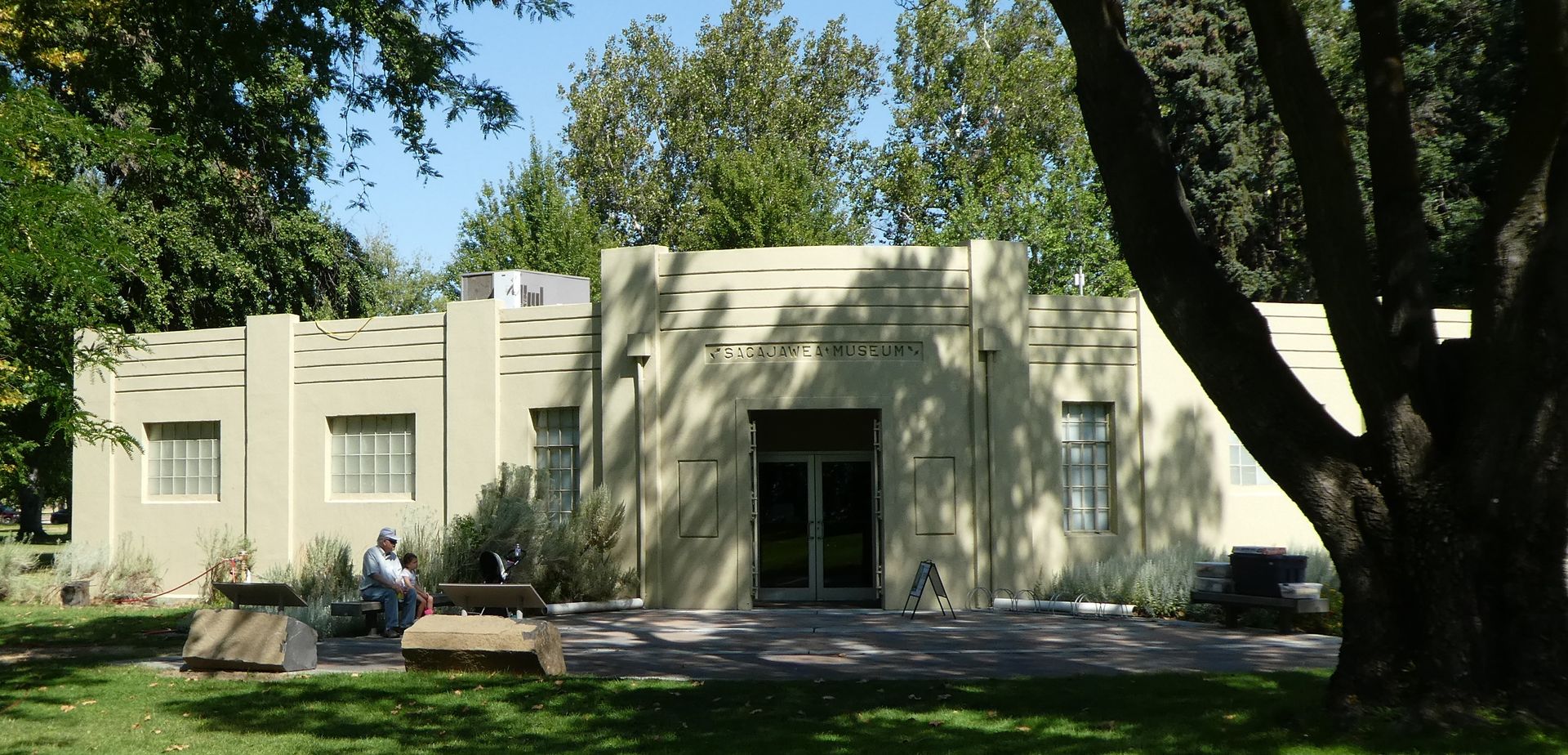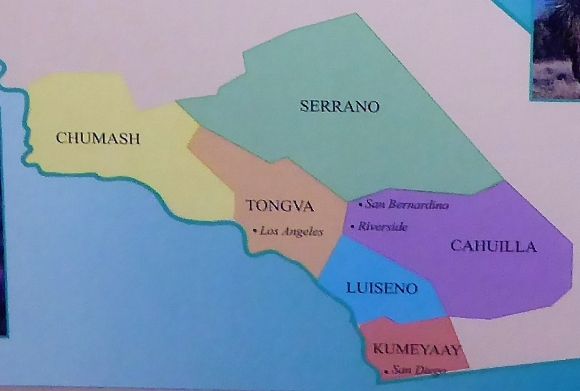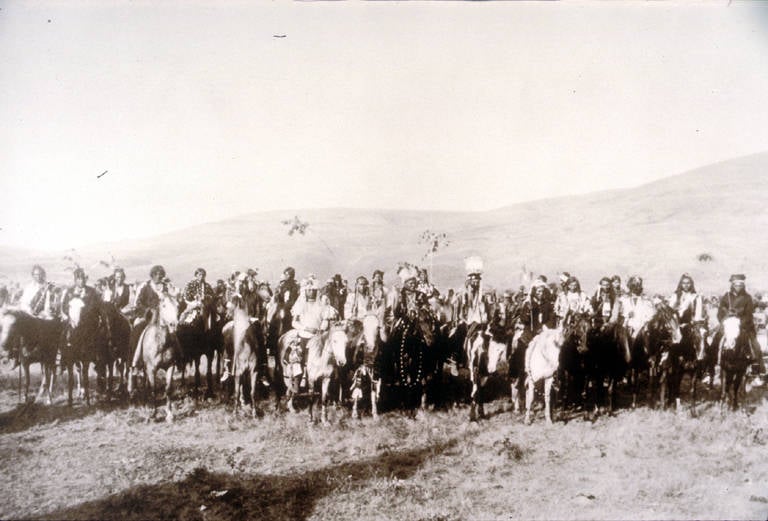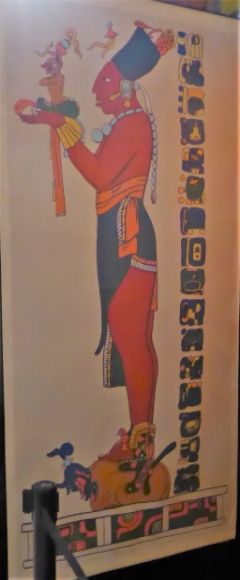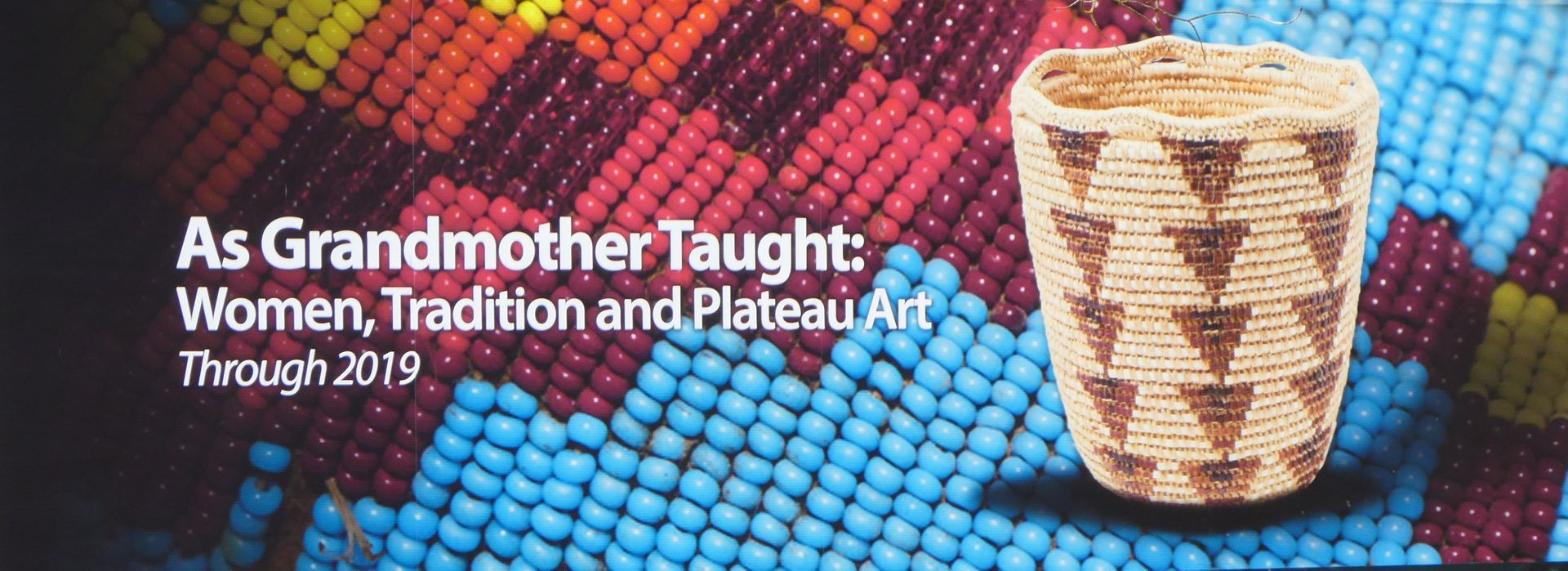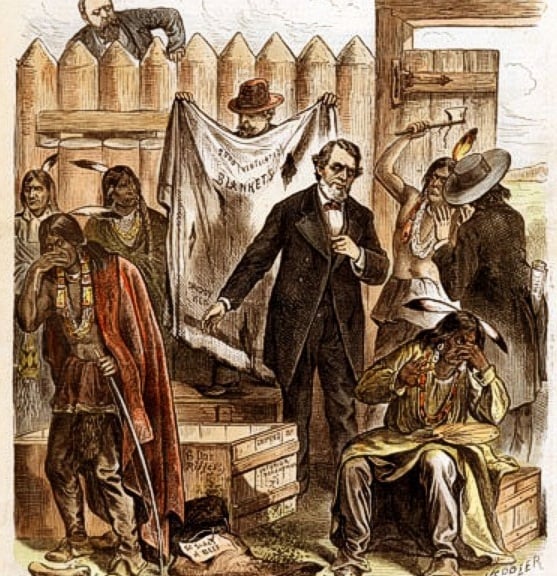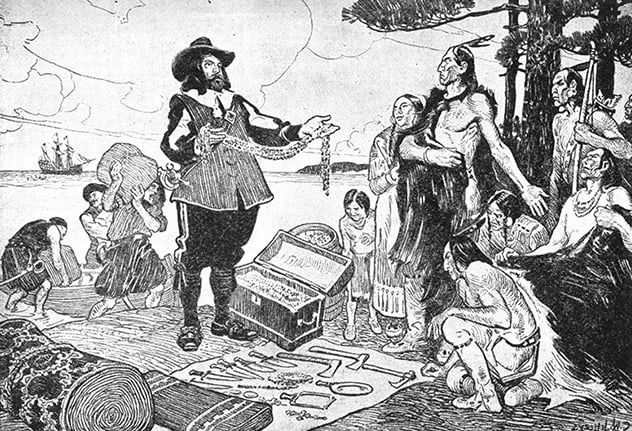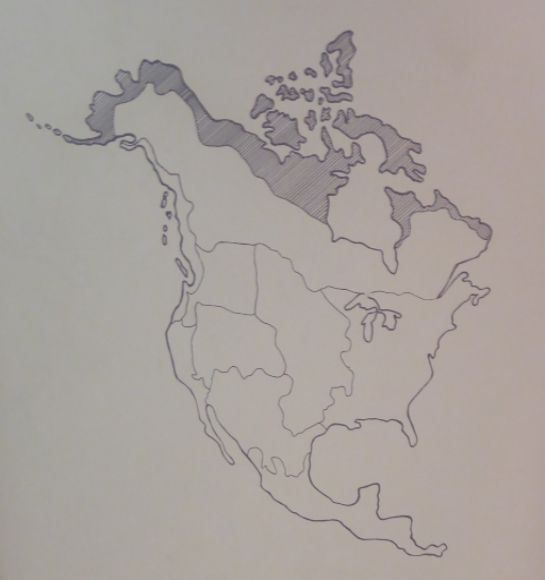Some old Indian photographs (photo diary)
Washington’s Sacajawea State Park is located at the confluence of the Snake and Columbia Rivers. In explaining the cultural and historical significance of this place, many historic photographs of Indians are on display in the park and in the Sacajawea Museum which is located in the park. The Museum is shown above. According to one … Continued
